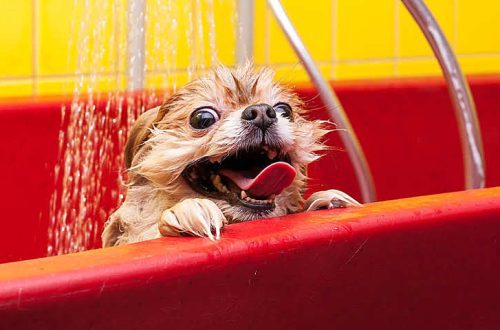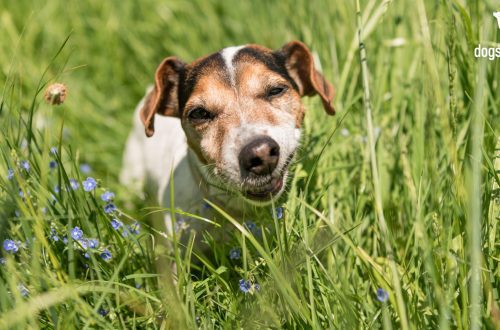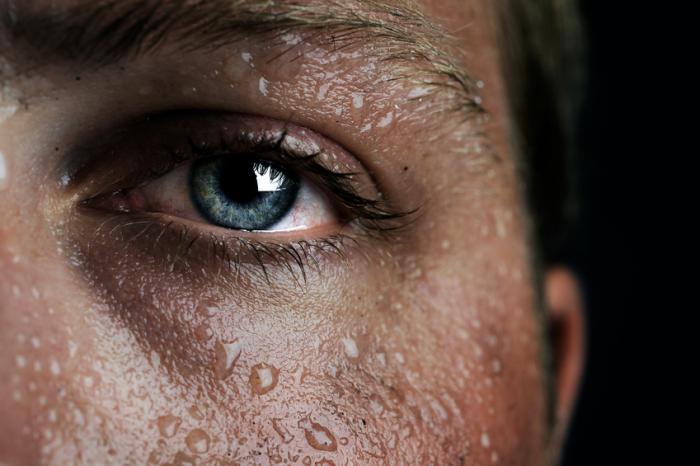
Do males go into heat? What the experts say
Female dogs are in heat. Does it happen in males? How long does a male suffer during estrus?
Male during estrus
How does a male dog behave during estrus? In short, this condition simply does not happen in male representatives of dogs.
The term estrus itself, or scientifically oestrus, refers to the period of a female’s reproductive cycle when she becomes receptive to mating with males. According to the American Kennel Club, males don’t go into heat. They are capable of mating all year round from the time they reach sexual maturity at about six months.
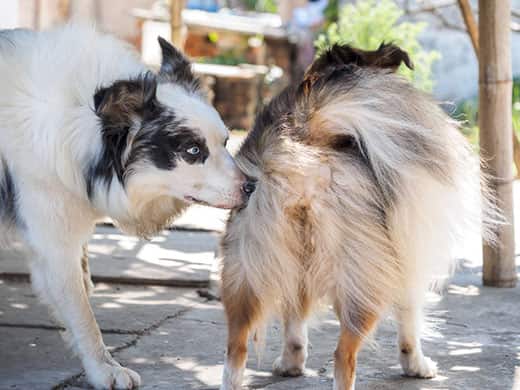
The breed and size of the dog will affect the timing of estrus, but as a general rule, most dogs reach puberty at around six months of age. However, in some animals, estrus can begin as early as four months, and in representatives of large and giant breeds – only at two years.
The cycle length is six to eight months, with estrus lasting approximately three weeks. During estrus, a female dog is especially attractive to males. She has swelling of her vulva, vaginal bleeding, and more frequent urination. In addition to these symptoms, the dog may become less active and lose its appetite.
How to scare away males during estrus
A dog’s estrus can affect the attraction of males.
During estrus, a dog releases the pheromone methyl parahydroxybenzoate, or methyl paraben, which leads to sexual arousal in males that catch this scent. Of course, nature intended it that way, but this can cause real chaos around a four-legged friend.
If a male catches the scent of a nearby bitch in heat, she will become the center of his universe. The dog may refuse to eat, starts to desperately mark everything around, becomes more and more aggressive and obsessed with tracking the dog throughout its cycle.
If a male lives near an unneutered female, it is important to keep him as far away from her as possible during estrus. It is necessary to take the dog for a walk, providing him with a lot of games and exercise, and try to distract him as actively as possible.
How castration can help
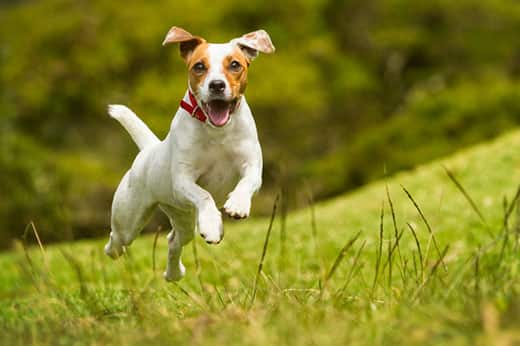 Castration of a male will help to control many of the negative forms of his behavior associated with puberty. For example, marks, cages, shoots and vagrancy in search of sexual partners. It can also reduce certain types of aggression. Castration reduces the likelihood of developing benign prostatic hyperplasia (enlargement), perianal tumors and hernias, testicular tumors.
Castration of a male will help to control many of the negative forms of his behavior associated with puberty. For example, marks, cages, shoots and vagrancy in search of sexual partners. It can also reduce certain types of aggression. Castration reduces the likelihood of developing benign prostatic hyperplasia (enlargement), perianal tumors and hernias, testicular tumors.
Males don’t have heat. But this does not reduce the difficulties associated with puberty, neither for them nor for their owners. Discuss with your veterinarian how to manage your dog’s sexual behavior, especially if he has not been neutered.



